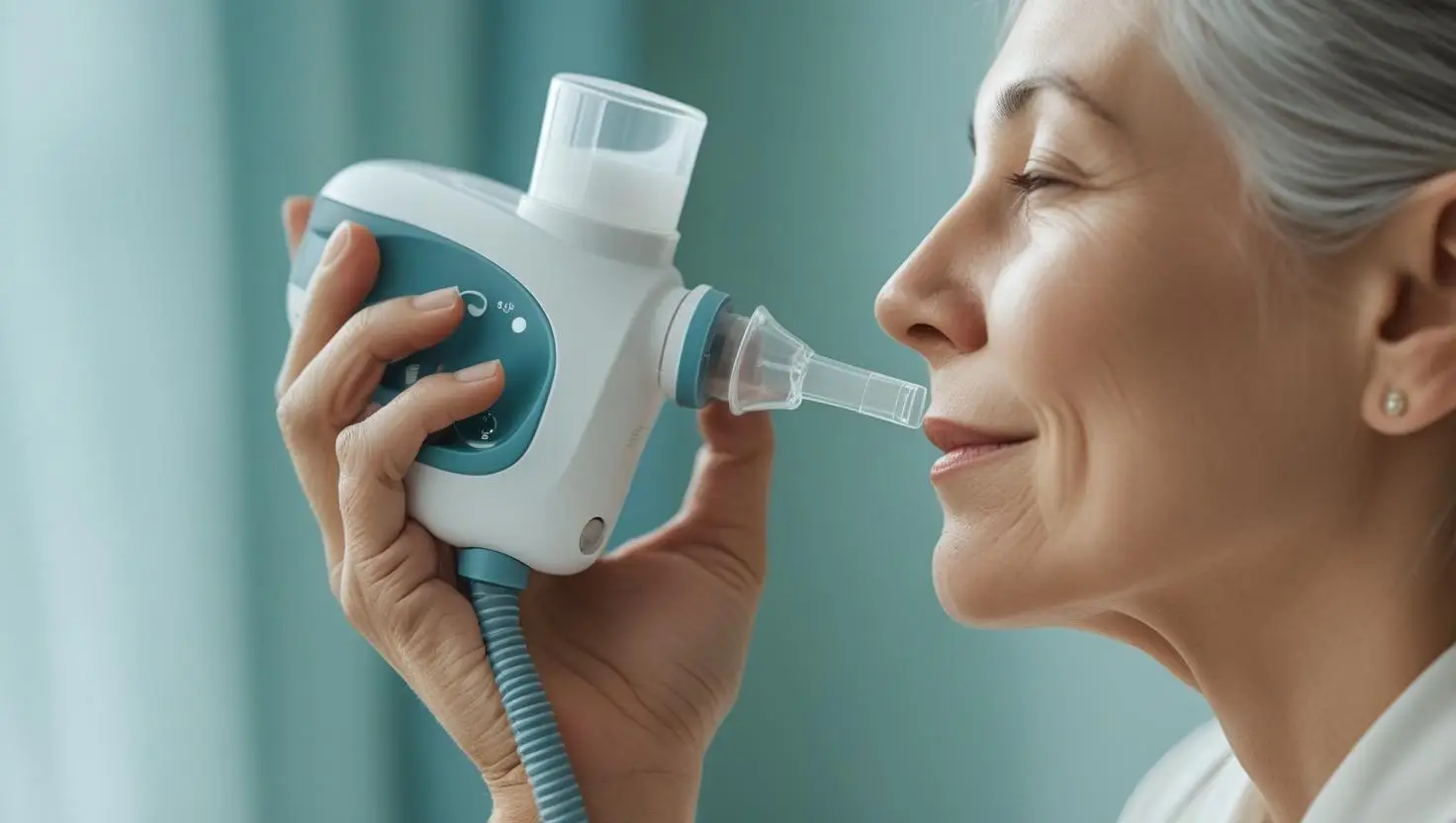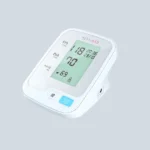When it comes to managing respiratory conditions such as asthma, chronic obstructive pulmonary disease (COPD), or bronchitis, one of the most commonly used medical devices is the nebulizer.
This device delivers medication directly to the lungs in the form of an aerosolized mist, which is inhaled through a mouthpiece or mask. It is especially helpful for patients who have difficulty using inhalers or require larger doses of medication.
What Is a Nebulizer?
A nebulizer is a medical device designed to convert liquid medication into a fine mist that can be inhaled easily into the lungs. This ensures that the medication reaches the airways more effectively and efficiently.
How Does a Nebulizer Work?
Nebulizers use air pressure or ultrasonic sound waves to break liquid medicine into a mist. There are three main types of nebulizers:
1. Jet Nebulizers (Compressor Nebulizers)
- Use compressed air to convert medicine into mist.
- Suitable for a wide range of medications, including those for asthma and COPD.
- Often larger and noisier but reliable and cost-effective.
2. Ultrasonic Nebulizers
- Use high-frequency sound waves to produce the mist.
- Quieter than jet nebulizers.
- Deliver medication faster but may not be compatible with all medications.
3. Mesh Nebulizers
- Use a vibrating mesh to create an ultra-fine mist.
- Highly efficient with minimal medication loss.
- Portable, lightweight, and virtually silent.
- Ideal for deep lung delivery.
Key Specifications for an Ideal Nebulizer
| Feature | Ideal Range / Description |
|---|---|
| Particle Size | 1–5 microns (µm) |
| MMAD (Mass Median Aerodynamic Diameter) | 2–5 microns for effective inhalation |
| Nebulization Rate | 0.2 – 0.8 mL/min |
| Voltage Range | 100–240V AC |
| Noise Level | 40–70 dB |
| Medication Capacity | 5–10 mL per treatment |
| Treatment Time | 10–15 minutes |
| Air Flow Rate | 3–8 L/min |
Areas of Application
1. Hospitals and Medical Clinics
Used in:
-
Emergency Rooms
-
ICUs
-
Pulmonary Care Units
Especially during acute respiratory distress or severe asthma attacks.
2. Home Healthcare
Nebulizers are widely used at home for daily management of chronic conditions under a doctor’s guidance.
Conclusion
A nebulizer is an indispensable device for those managing chronic respiratory diseases such as asthma and COPD. With different types available and features tailored to specific needs—whether it’s ease of use, portability, or quiet operation—understanding how nebulizers work can help you choose the right one for effective therapy.




